Apple iPhone 8 review
X marks the spot for Apple’s future, but the iPhone 8 is a safer – and surprisingly impressive – option
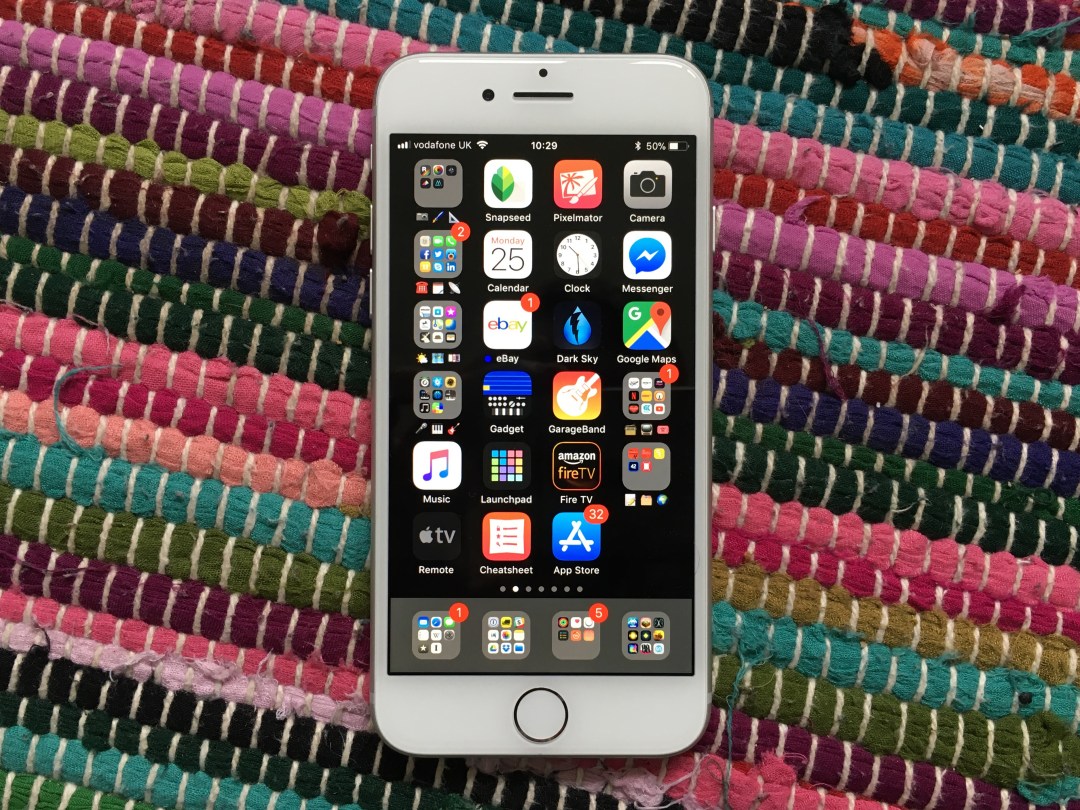
With me having griped about the iPhone X, Stuff‘s high commander with a wry grin hurled an iPhone 8 my way for review.
As an iPhone 6s owner for two years, and a sceptic of some of the iPhone X’s new toys, I’m very much in iPhone 8 target market territory.
But how much of a new iPhone is it? Has Apple poured all of its creative juices into the iPhone X? A first glance would suggest so, but although the iPhone 8 is the safe option in Apple’s latest line-up, there’s more to this smartphone than meets the eye.
A special thanks to Vodafone for supplying an iPhone 8 for this review.
Design and build: scrubbed clean
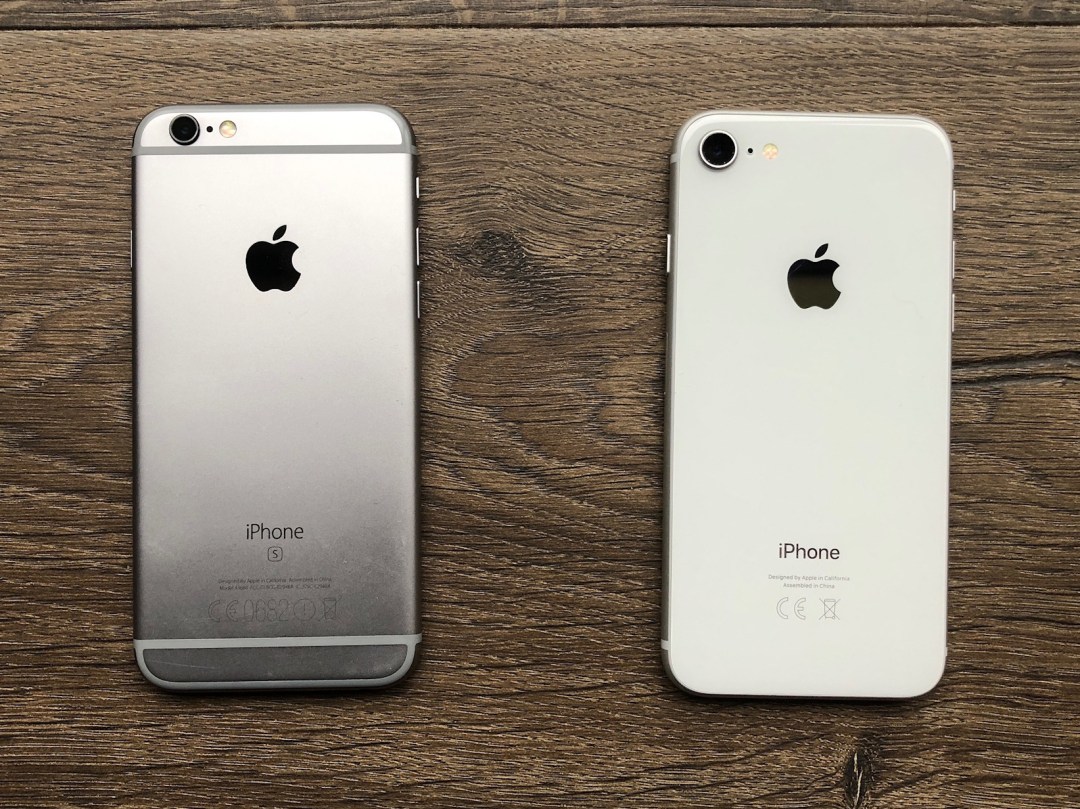
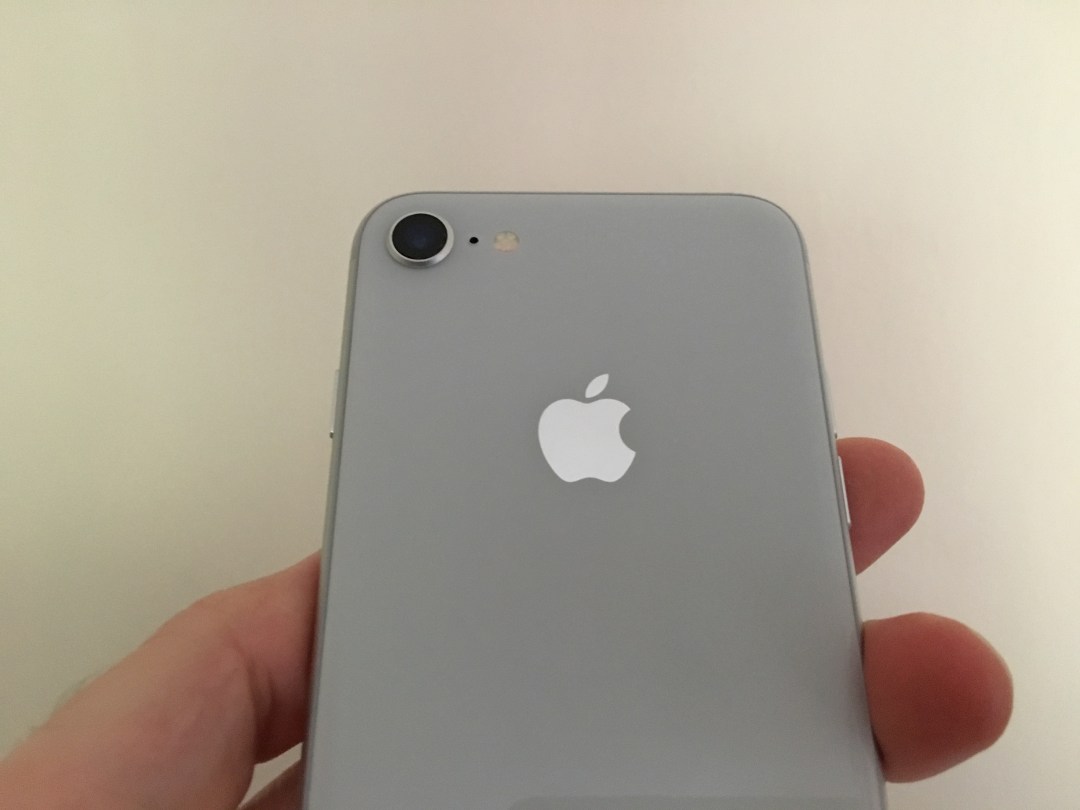

It’s an iPhone. That’s the first impression I had on seeing the iPhone 8 and its chunky bezels.
Fractionally larger and thicker than its predecessor, and still with the annoying camera bump. It’s also 10g heavier than the iPhone 7, although if you notice that, congratulations on your new career as a kitchen scale.
The slight extra heft is down to the new glass back, which has more impact than you’d think. The device now supports inductive charging; and because the rear of the unit is no longer a slab of signal-blocking metal, the ugly antenna bands have gone, making for a pleasing symmetry that echoes the iPhone 4.
In the hand, the glass is a winner – less slippy, decreasing the likelihood of the iPhone receiving a surprise trip to the pavement. Just as well, since its front and back are now glass. Apple reckons it’s super scratch-resistant, like no other smartphone before it – and while I might not have taken a screwdriver to it in the name of science, it has stayed scratch and scrape free so far.
It also feels properly solid. Some idiot will probably snap one in a vice before long, just to prove a point, but you’re not likely to warp this phone in general use.
Do take care leaving it on the likes of sloped sofa arms though – unless you can match my surprising newfound ability to catch a flying iPhone 8 with your ankles.
Camera: snap happy
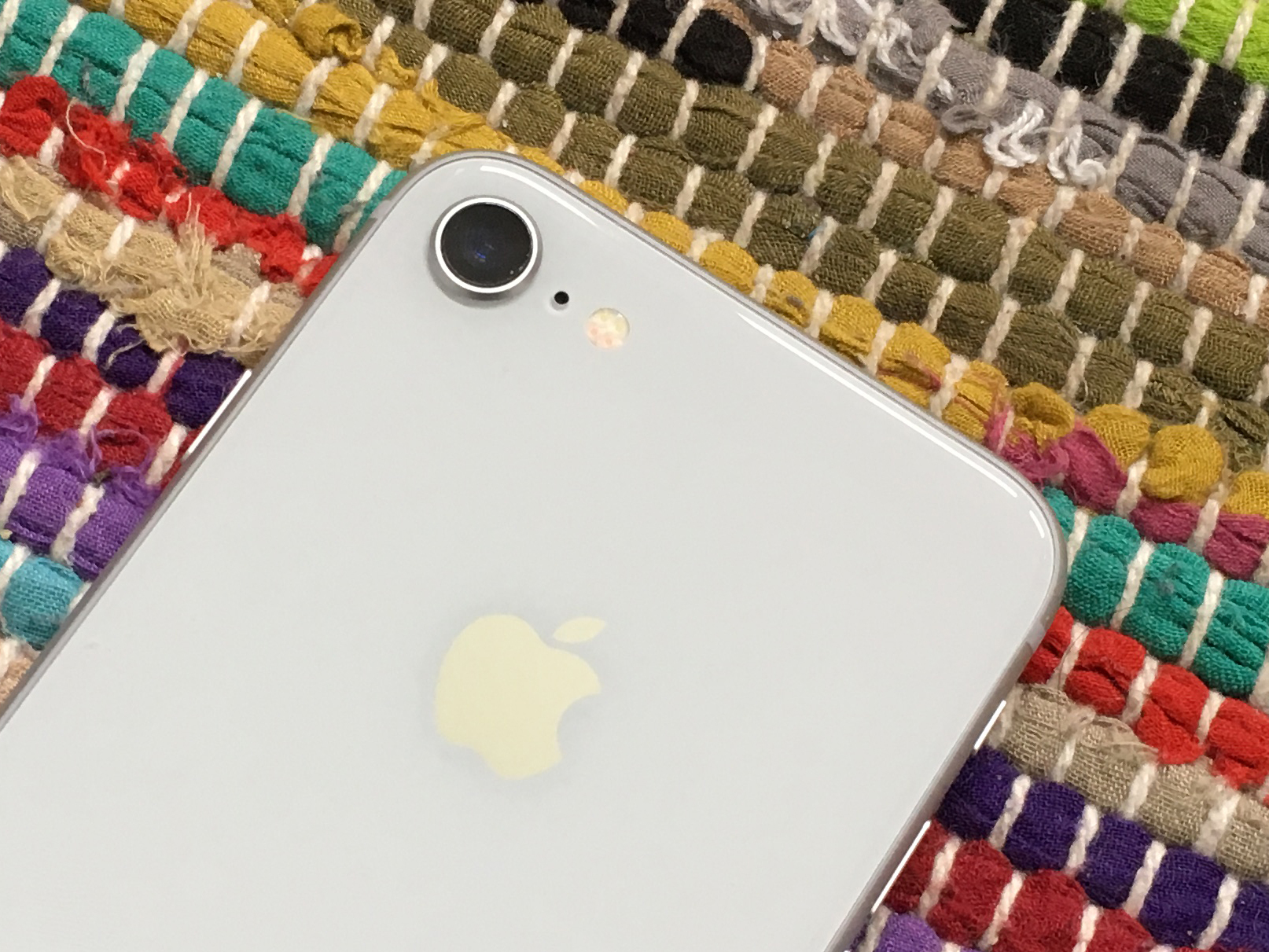
On paper, the iPhone 8’s camera seems unremarkable at this price point: a 12-megapixel sensor with an f/1.8 lens and optical image stabilisation. You’ll have to step up to the iPhone 8 Plus to get a dual-camera setup and its bokeh-blurring portrait features – this is pure point and shoot.
But by controlling both hardware and software, Apple can optimise its system to outpace expectations. For one thing, the sensor is larger than the iPhone 7’s, which means larger individual pixels.
Detail retention is particularly impressive, especially when compared to an older iPhone, shots from which suddenly look like someone’s whacked a Gaussian blur over them. Colours pop to a pleasing level, and Apple’s confident enough in its HDR system that it’s on by default. During testing, it made the odd blunder – an overly navy sky; a ‘radioactive’ traffic cone – but I was impressed in what was captured by essentially making no effort beyond prodding a button in the default Camera app.
In low light, things are more variable. A highly scientific experiment involving Scooby Doo Lego in a dark room resulted in some blurry shots; however, the flash can sometimes retain a decent amount of natural colour and background light, rather than making it look like you’re shining a torch on the subject.
Apple’s custom-designed A11 chip at the heart of the iPhone 8 is in part responsible for the camera system’s smarts, analysing a scene before you shoot, and optimising the photo accordingly.
Video is dealt with similarly, offering clarity and consistent colour, even in challenging conditions. Shooting 4K video at 60fps is mighty impressive from a phone, too.
Screen and sound: truly, loudly, meekly
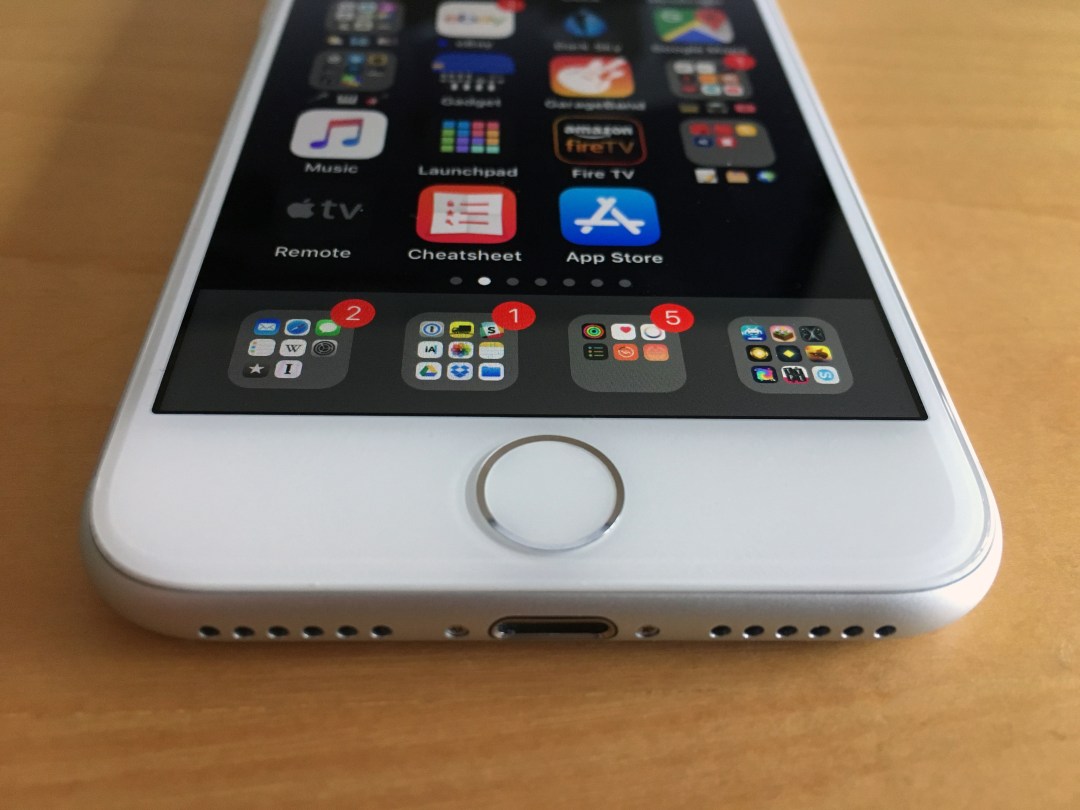
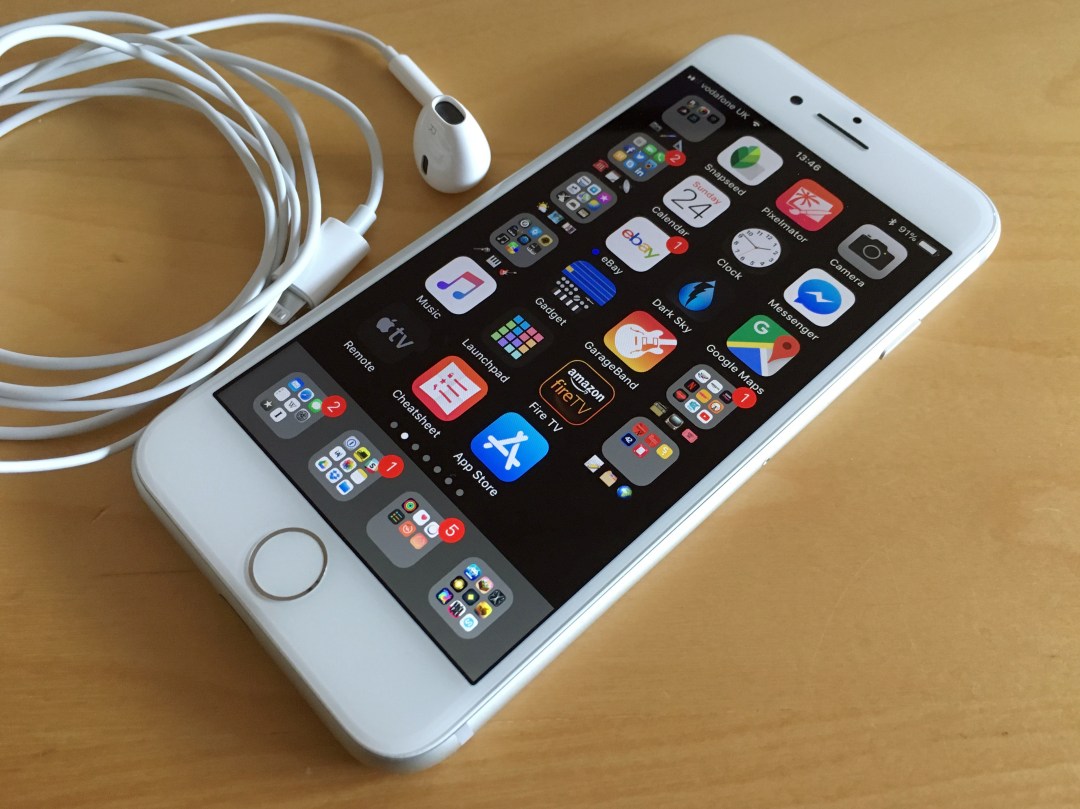
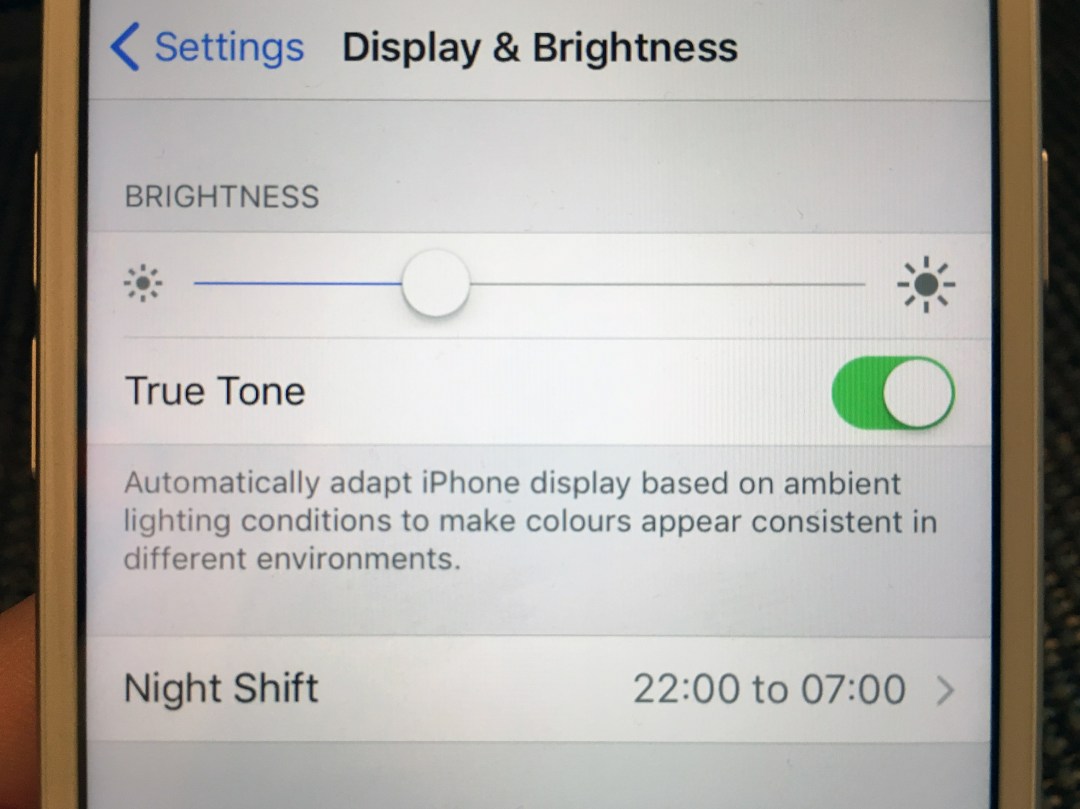
The iPhone 8’s screen specs are a copy and paste job. You’re still getting a 4.7-inch screen with a resolution of 1334×750 pixels at 326ppi. There are a slew of Android devices that whack full HD displays in similar sized bodies, and the Samsung Galaxy S8’s only slightly larger frame manages an astonishing 2960×1440 at 570ppi.
Even so, lacking microscopes for eyes, and without my nose pressed to the screen, I was impressed by the iPhone 8’s display.
Jaggies aren’t evident at 326ppi, and colour accuracy is strong. The iPad’s True Tone technology makes an appearance, too, sensors measuring ambient light and adjusting the display’s warmness accordingly. If you’re new to True Tone, things might seem a bit yellow; but return to an older iPhone and you’ll wonder if some idiot from Hollywood has added a blue colour-cast.
Sound also receives a boost. The earpiece seconded into stereo speaker territory in the iPhone 7 is now 25 per cent louder. This is great when playing games in landscape – except, perhaps, for anyone nearby. It’s also sufficient for music playback, although not to the point you’d hurl your headphones in the bin.
Ah, yes: headphones. Apple’s ‘courage’ remains intact – there’s still no headphone port, although you do get Lightning earbuds and a 3.5mm jack adapter in the box. Reviews for the latter on Apple’s own store are shocking, but I suspect most use that as a proxy for the headphone jack‘s death – which still often seems like a mis-step.
OS and apps: it’s the ecosystem, stupid
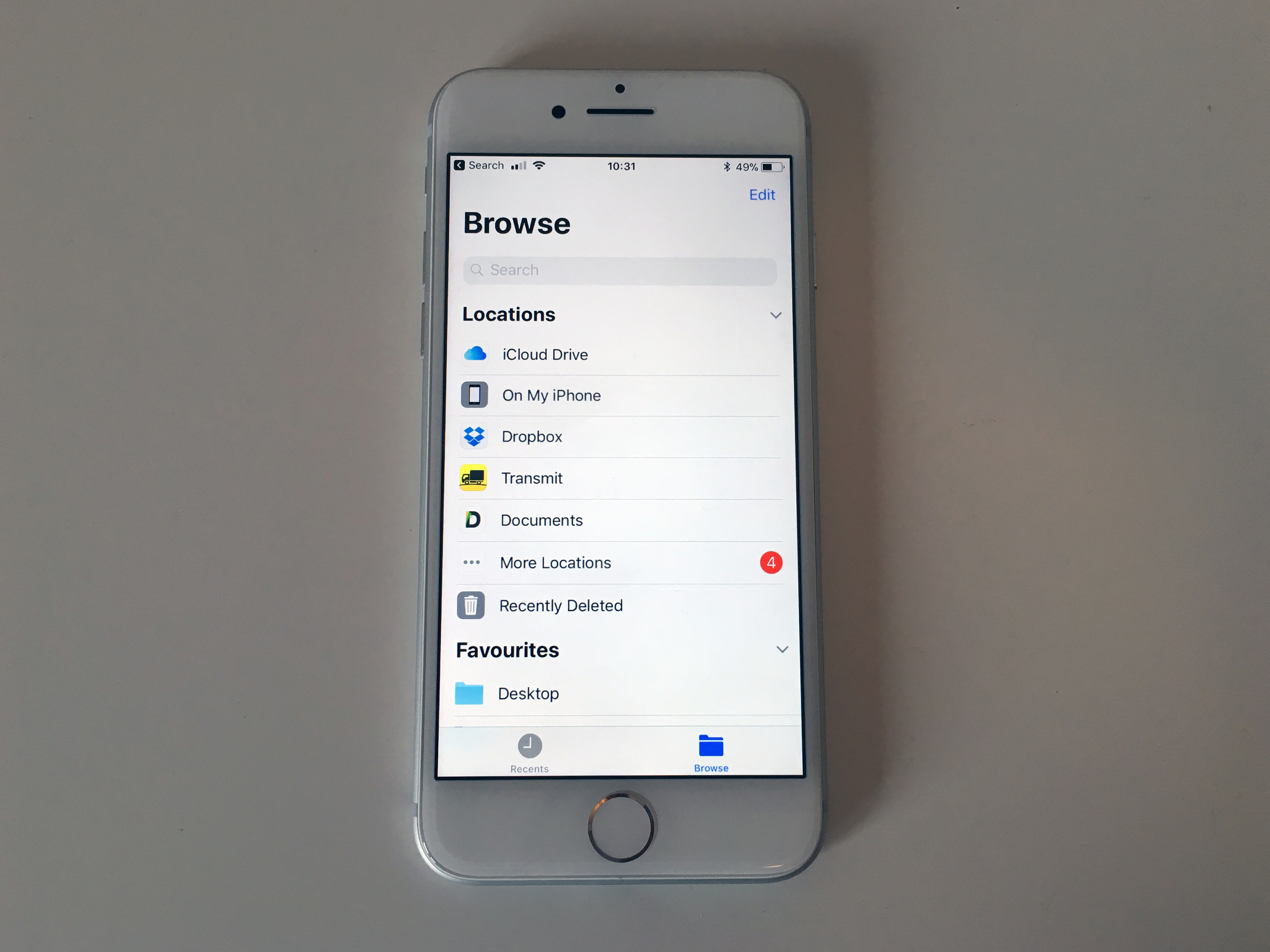
Perhaps the biggest advantage the iPhone 8 has over ostensibly similar devices is it doesn’t run Android.
If, having read that last sentence, you’re already banging out an angry email to Stuff HQ, then iOS might not be for you. There are admittedly areas in which Android excels, such as deep system customisation and, frankly, piracy. Emulators and torrent apps are as welcome in Cupertino as headphone ports on iPhones.
The best games, though, hit iOS first – and often Android never. And there are tons of amazing apps when you want to go beyond the norm, cranking out gorgeous painted art or top–40 hits.
AR, too, is now big on iOS. Weirdly, lots of games now assume you want to ‘project’ puzzles on to your messy desk (nope), but I during review happily hurled virtual chairs about my office in Housecraft and had terrifying weatherbot/destroyer of humans Carrot Weather float menacingly in a corner. This stuff works even on a 6s, but is more responsive and less battery-killing on the iPhone 8, due to the A11 chip doing heavy lifting.
Elsewhere, Stuff will review iOS 11 soon, so I won’t dwell on it; suffice to say it’s really nice, and runs beautifully on the iPhone 8. On the iPhone 6s, it by contrast feels like someone’s going to flick an off-switch in a year or two.
Performance: turned up to 11

All new iPhones have Apple’s A11 chip. This 6-core CPU has been designed for high performance and efficiency – and it’s a beast. Want some numbers? The A11’s two performance cores and four efficiency cores are, respectively, 25 and 70 per cent faster than the A10. GPU performance is up by 30 per cent.
With a little internet sleuthing, you’ll find fancy graphs that show the iPhone 8 in benchmark tests obliterating rivals in mobile (including the Samsung Galaxy S8 and Apple’s own iPad Pro), and amusingly even besting a Core i5 MacBook Pro. Teardowns suggest the iPhone 8 ‘only’ has 2GB of RAM, but it seems unlikely that will be a bottleneck.
During testing, the thing blazed, no matter what I threw at it. Games that now judder a bit on a 6s were suddenly buttery smooth. Korg Gadget merrily took on far more instances of ear-monstering synths. And there were subtler improvements, too. With Procreate Pocket running on a 6s and 8 side-by-side, the latter had an immediacy to laying down slabs of virtual paint, lacking the slight hesitation seen on the older iPhone.
It’s a lesson in the benefits of controlling the whole device. Apple custom-designs its processors for what it needs, rather than grabbing something off the shelf.
Battery life: fast charger
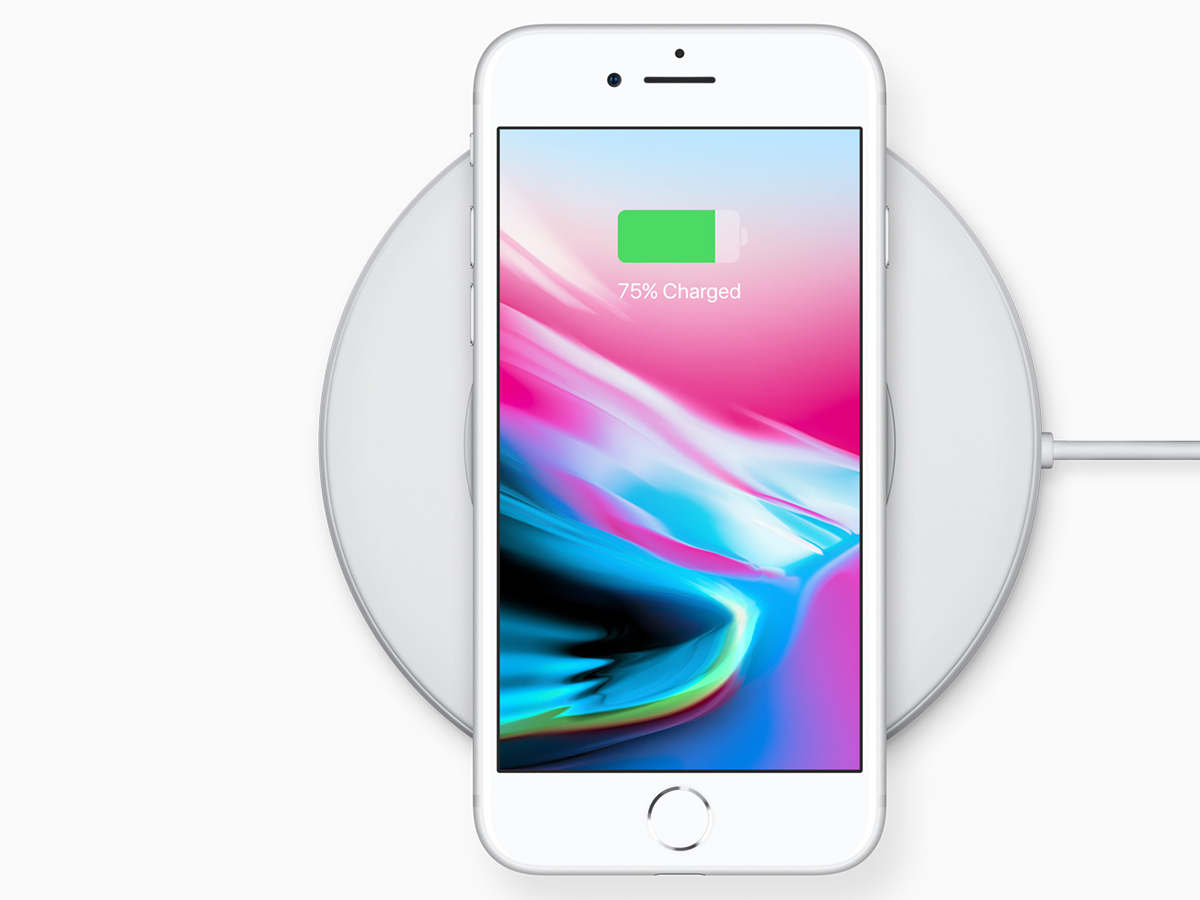
According to Apple, battery life for the iPhone 8 matches the 7, and adds two hours to the 6s.
In testing that claim, I should have looped websites until the iPhone 8 died of boredom, or watched a movie on a loop until I did. Instead, I used the phone like I always do – mostly on Wi-Fi, sometimes on 4G, faffing about online, doing some work, and playing too many games.
With this usage, the iPhone 8 got through the day unless dealing with loads of games and/or 4G. Which is… fine. The iPhone 8 was never going to be the time for Apple to unveil some miraculous new battery tech.
Battery charging also sees a couple of changes with the iPhone 8. The most radical – from an iOS standpoint – is in being able to plonk the iPhone 8 on a charging pad, rather than plugging it in like a savage. Apple fortunately has decided to use the Qi standard, rather than doing its own thing. Right now, though, it’s a bit slow.
If you lack patience, you’ll be happier to discover the iPhone 8 supports top-ups from fast chargers. You can even use the 29W MacBook charger (with a USB type-C Lightning cable), which half-fills the iPhone 8 in half an hour. Naturally, you only get the old 5W charger and Ligntning cable combo in the iPhone 8 box.
Price and competition: Apple and oranges
Apple ditched the three-tier iPhone pricing structure this year. Now, you choose between 64GB of storage for £699 and 256GB for £849. It’s good to see 64GB as the new entry point, given that this iPhone can shoot 4K video and costs a minimum of seven hundred quid.
I’d be happier if the 256GB version was 50 quid cheaper – that £150 jump is eye-watering. However, the 64GB version may now be suitable for relatively heavy users, due to new features in iOS 11, like app offloading. If you’re halfway through a bunch of massive games, you can keep their data and temporarily ditch the app binary, freeing up space.
Still, even the cheaper option isn’t cheap, clocking in at a tenner more than the Samsung Galaxy S8. If you want a swish premium smartphone but don’t care about the Apple ecosystem and apps, that could be a better option.
If you’re wedded to Apple but lack cash, the older models remain on sale – although be mindful that although last year’s iPhone 7 starts at £549, it has only 32GB of storage. The 128GB model is 50 quid cheaper than the 64GB iPhone 8, but I’d definitely pay £50 more for the newer device’s features and take the storage hit.
Elsewhere, the iPhone X offers something akin to the S8, marrying a smaller form factor with an awful lot of screen. But it’s not out yet, will be far more expensive than the iPhone 8, and has unproven (in the wild) technology like FaceID.
Moreover, if you’re ticking off a checklist of new things in Apple phones, even this ‘lowly’ iPhone 8 gets the A11, a True Tone display, inductive charging, and a swanky camera with optical image stabilisation.
Verdict: 8 or wait?
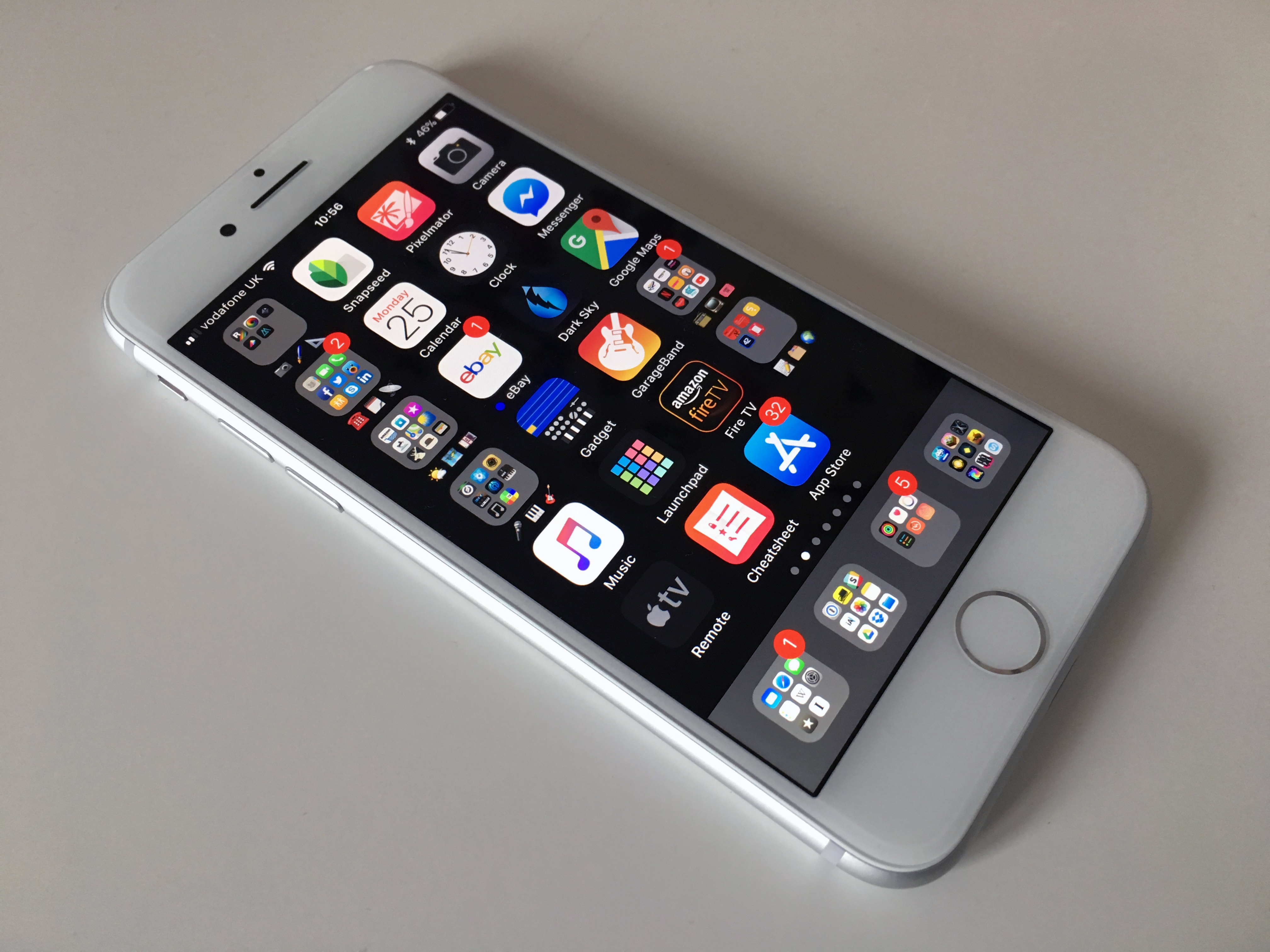
The iPhone 8 is not radical, and there are plenty of options in the Android space that, on paper, offer more for less. Also, the design is perhaps trying for the smartphone equivalent of the Porsche 911, but one man’s ‘timeless’ is another’s ‘dated’ – especially in the smartphone world of edge-to-edge Android devices (and soon, the iPhone X).
But incremental change isn’t a bad thing. Generation-to-generation, such changes may not be obvious. Go back further and these shifts in combination can be revolutionary. And when you stop worrying about the iPhone 8 not being the future of the iPhone, and don’t mind that in industrial design terms it’s playing it safe, you realise this is a very good iPhone.
It’s solid, powerful, and has an excellent camera. iPhone 7 owners should probably wait until the iPhone X beds in rather than upgrade, but anyone with an older iPhone, and not keen on the heft of the Plus, is unlikely to be disappointed.
Whether it’ll convert Android users to the fold is another matter. The iPhone 8 is pricey and looks a bit old-hat, and you only really understand the full benefits of the iOS ecosystem when you’re immersed in it.
Still, perhaps in its stubborn reluctance to embrace new design fads and remain true to itself, the iPhone 8 may nonetheless tempt some Android users looking for something usable, powerful, well built, and with the kind of app ecosystem Apple’s rivals can only dream of.
Where to buy
READ MORE › The 10 best smartphones in the world right now
Tech specs
| SCREEN | 4.7in, 1334×750 IPS LCD w/ TrueTone, 3D Touch |
| CPU | Apple A11 Bionic hex-core |
| MEMORY | 2GB RAM |
| CAMERA | 12MP, f/1.8 rear with PDAF, OIS, quad-LED flash. 7MP, f/2.2 front |
| STORAGE | 64GB on-board |
| OPERATING SYSTEM | Apple iOS 11 |
| BATTERY | 1821mAh non-removable |
| DIMENSIONS | 138x67x7.3mm, 148 g |
Stuff Says…
You think you know what you’re getting, but the iPhone 8 offers quite a bit more. There’s no getting round its highish price and dated design though
Good Stuff
Blazingly fast
Camera borders on excellent
Great build that feels solid
Speakers are surprisingly good
Bad Stuff
Pricey
Design is effectively four years old
Camera bump still irks
No headphone port



